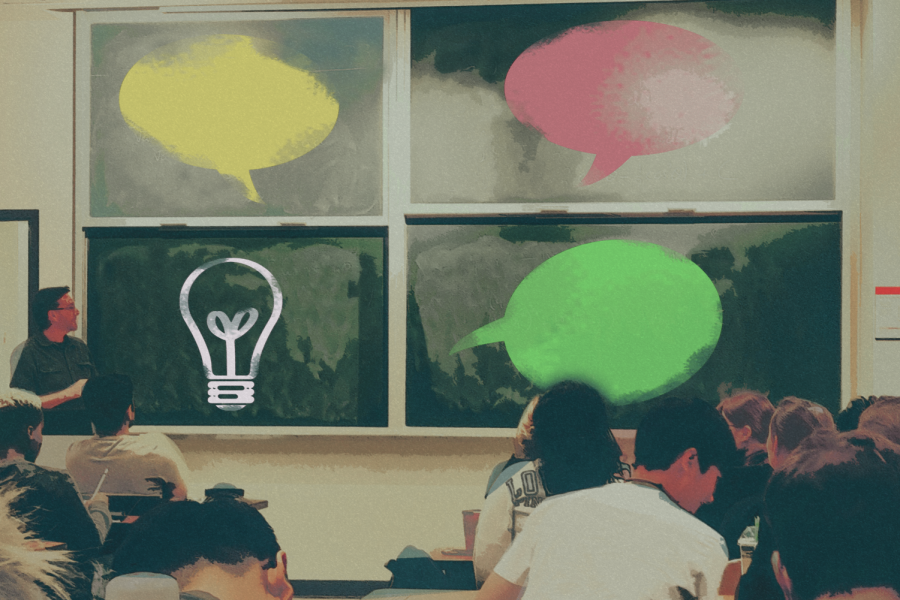To prioritize diversity and inclusion, give students a platform
July 19, 2021
Unforgettable events in 2020 opened the floodgates that exposed numerous institutions for their systemically oppressive structures. Businesses, organizations and educational institutions have scrambled to rectify these issues in a push to be more inclusive and equitable.
While UT has begun to take strides to combat injustice in education, there’s still more that can be done, particularly within the Moody College of Communication, whose goal is to create the future leaders of storytelling.
The Moody College’s academic departments could make an even greater effort to provide platforms for underrepresented student voices when making decisions to expand diversity, equity, and inclusion efforts within the classroom.
Communications professions are dominated by white individuals. To counter the systematic exclusion of minority groups, the Moody College has implemented a series of efforts dedicated to equity and inclusion. In regards to coursework, Moody is working on a project that would require all faculty members to complete biannual training modules that are designed to “provide a scalable training solution to help organizations promote respectful workplaces and comply with ever-changing regulations.”
Movements like Black Lives Matter have helped expose the racial disparities marginalized students may face and led to the emergence of DEI initiatives, but Dave Junker, director of the Moody Honors program, explained it wasn’t always so.
“It was just in recent years that the Dean appointed an Associate Dean for Diversity, Equity, and Inclusion. (But) I think it’s way more than just a symbolic gesture. Because that person can be vested with some decision-making power and becomes another advisor in the room,” said Junker.
This prioritization of DEI has been made evident in courses like those taken by radio-television-film sophomore Michele Davis, who said her experience in Moody has exceeded her expectations when it came to showcasing media created by Black, Latinx, queer, and other minority creatives. However, she explained that she mainly observed POC productions in class during their respective community months.
“For the most part, when we looked at films and shows it was still predominantly white,” said Davis.
Davis hopes to see students be educated about marginalized communities in media outside of their designated community months. By making communication with administration more accessible to students who want to be involved in DEI efforts, this goal could be achieved.
A model for all Moody departments to follow could be the already implemented ADV/PR Equity Student Council, a powerful advisory council that works to make the Stan Richards School of Advertising and Public Relations within Moody more equitable and culturally fluent by acting as a bridge between students and decision makers. By creating councils tailored to different students’ concerns within all Moody fields instead of just advertising, administration could have a well of specific information for various issues.
Historically, students of color have been invalidated in the face of educational discrimination which continues to exist. Moody College needs to not only raise awareness of advocates that already exist, but create more spaces for students to address their experiences, observations and expectations. These views must be taken into account if we’re dedicated to championing perspectives that have long been kept in the shadows.
Nfor is a public relations sophomore from San Antonio, Texas.



